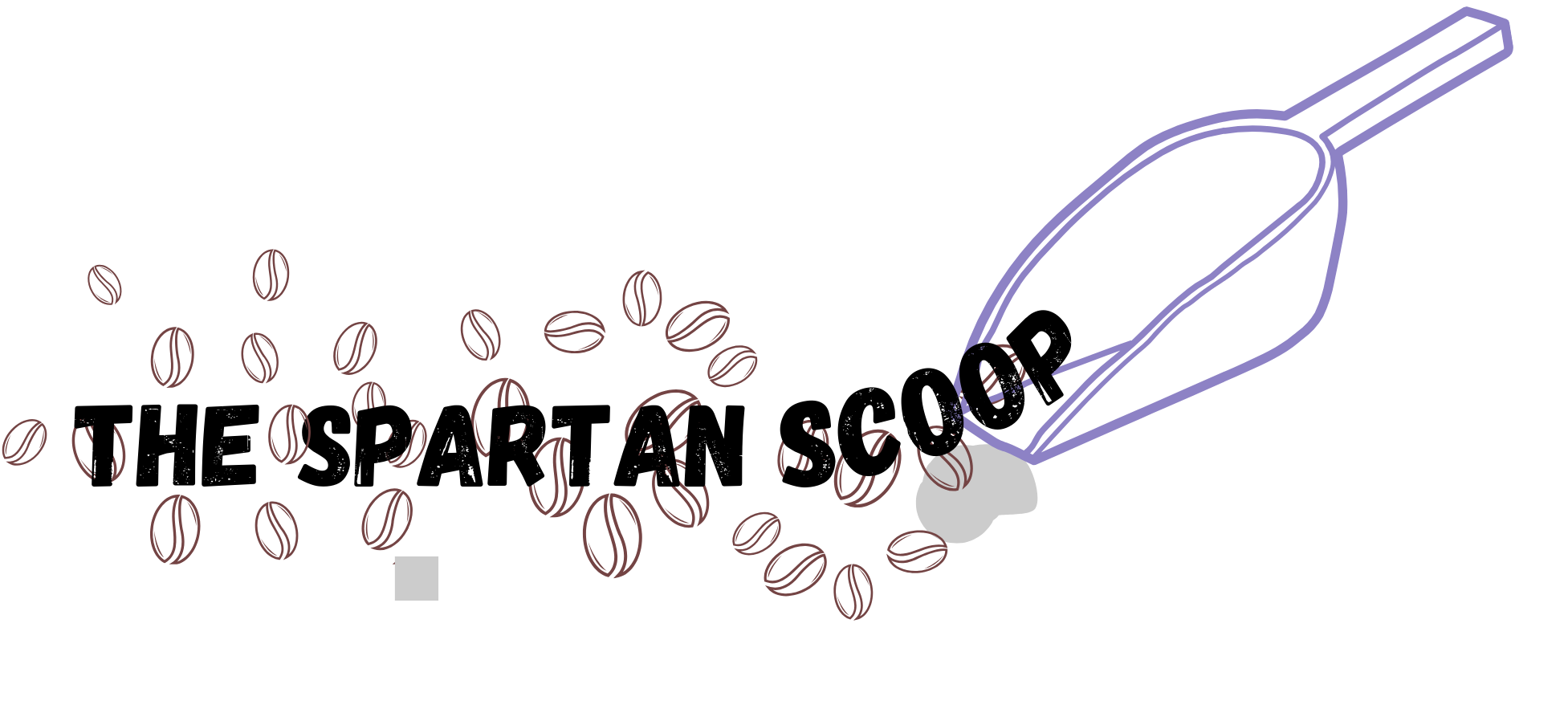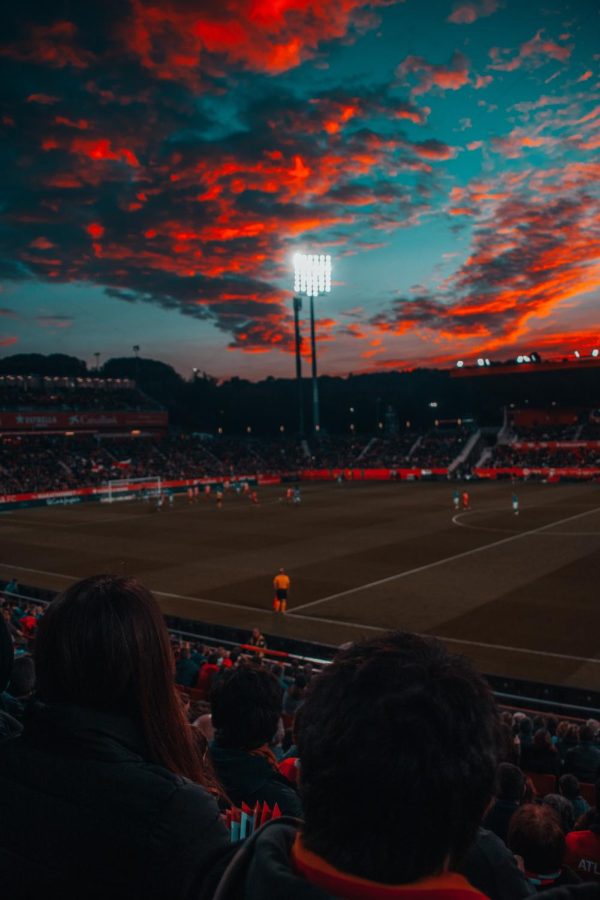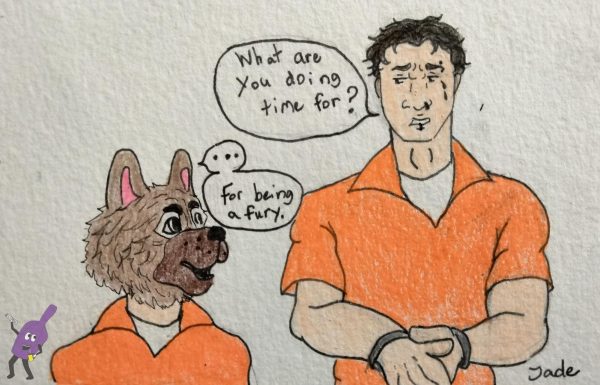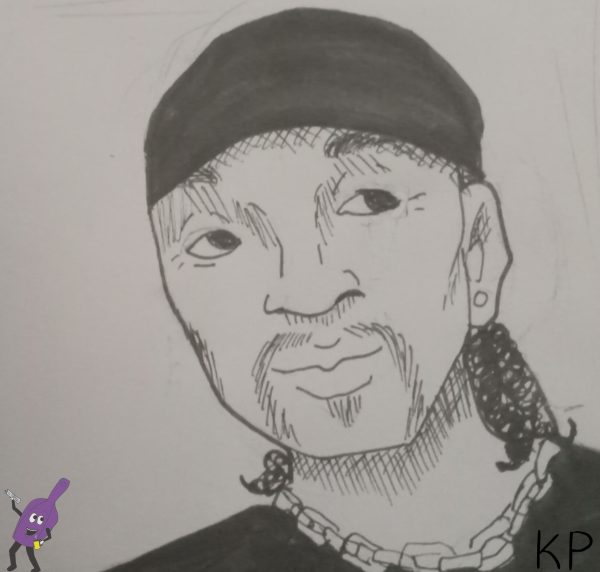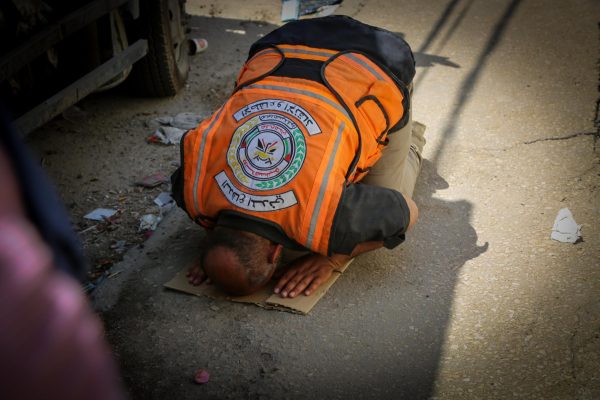INDONESIAN SOCCER RIOT
Photo of a night time soccer match
October 1, 2022, marked the end of a twenty-three year winning streak. After the 3-2 loss upset, fans of the Armena team proceeded to flood the pitch. Armena fans were the only ones who were sold tickets; this was done to prevent fighting. However, the efforts were unsuccessful. The stadium was over capacity with 42,000 tickets being printed for a 38,000 seat limit. The fans that rushed the pitch began to harass players and officials regarding their first home loss in 23 years.
“As a result,
suppressing
tear gas caused
fans to panic,
who rushed
toward the exits.”
Fans then went outside and proceeded to topple five police riot vehicles. The police attempted to suppress the riot by fighting back with batons and shields, violence which was reciprocated by the crowd. As a result, suppressing tear gas caused fans to panic, who rushed toward the exits. During the stampede, 43 civilians and two police officers died on the scene. The total death toll eventually rose to 125; over 100 additional civilians were injured, with 12 more in critical condition.
After the events of the riot, investigations were called in order to see if the use of tear gas was justified. In addition, many groups showed their condolences to those that died during the riot. This included the youth and sports minister of Indonesia, Pope Franci, and the president of the International Football Association (FIFA).
Human rights groups also responded to the tragedy by claiming that tear gas should not have been deployed, citing FIFA guidelines specifying that crowd control gas is not to be used during games. Amnesty International’s executive administrator, Uman Hasid, stated those who violated the FIFA guidelines in a non-FIFA match be tried in open court rather than simply receiving internal sanctions. Hasid also commented that tear gas should be a last resort, that crowds should have a chance to disperse beforehand, and that tear gas should never be deployed as a dispersion tactic in confined spaces.
In an interview with The New York Times, policing expert Owen West stated that this specific use of tear gas in a confined space was incredibly dangerous. West also stated during the interview that tear gas is meant to build distance between police and rioters. However, West also explained that police need to consider the physical spaces to which people will move in the event that dispersion is necessary.
Indonesian Police Chief Afinta defended the actions of the police, stating that there was already anarchy and that police vehicles had been damaged.
Whether or not the use of tear gas was necessary or not, the death toll may also continue to rise due to the amount of people injured during the match. Investigations are still underway
Sources:
https://www.npr.org/2022/10/01/1126439213/indonesia-soccer-riot-fans-dead
https://www.pexels.com/photo/soccer-field-under-red-sky-1657332/ Martí Pardo
